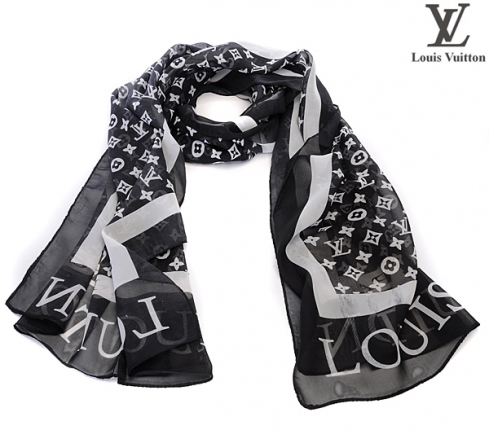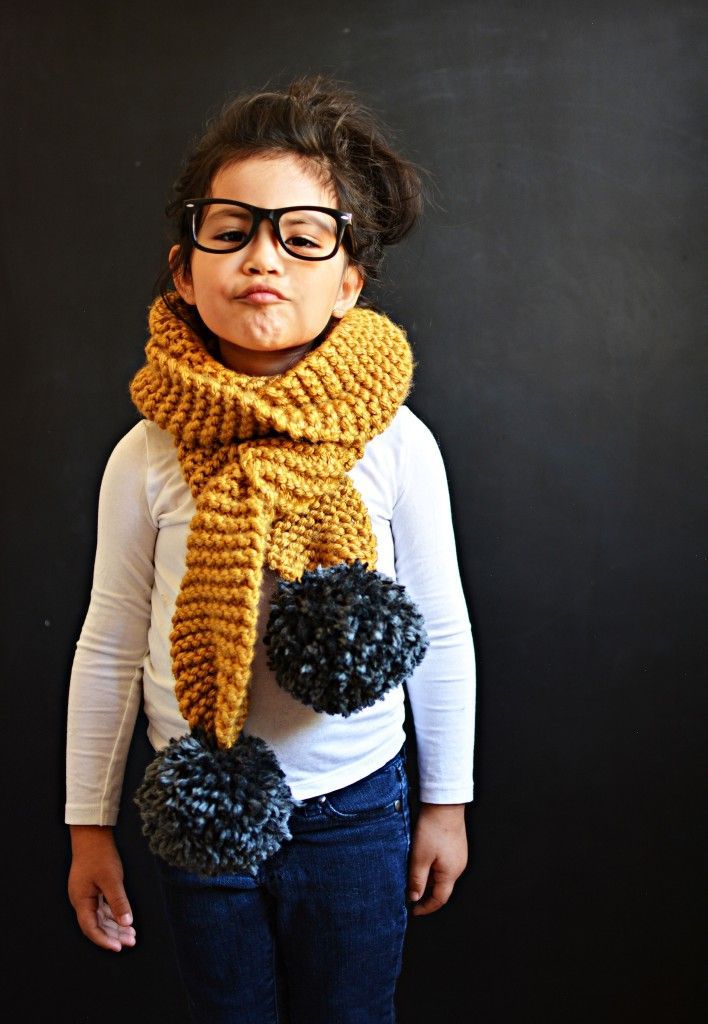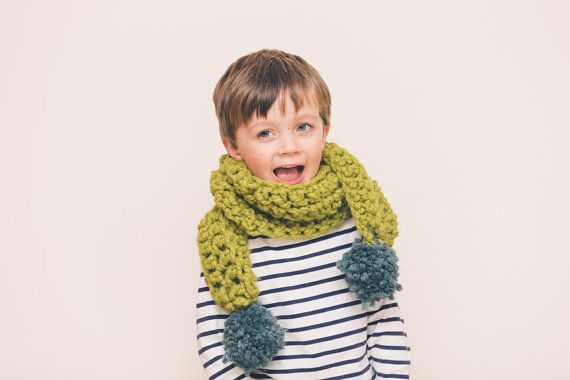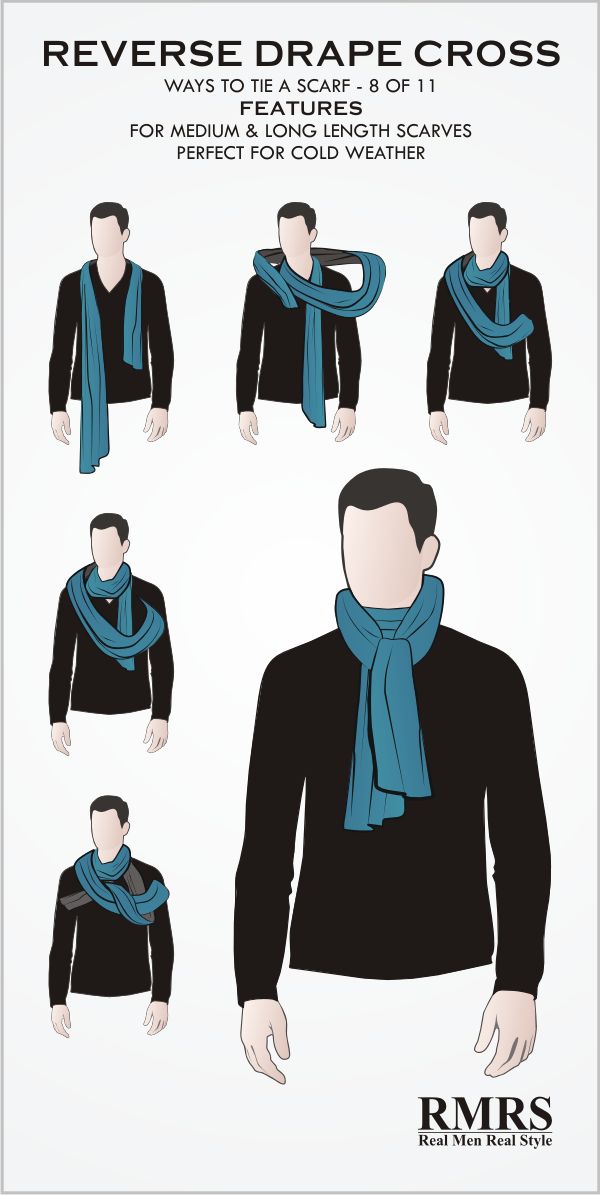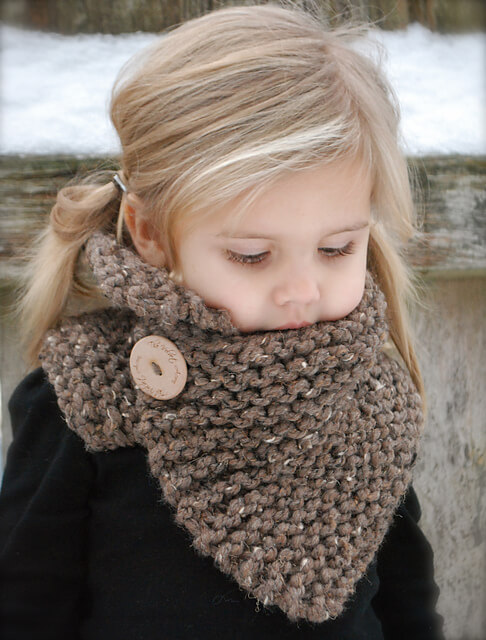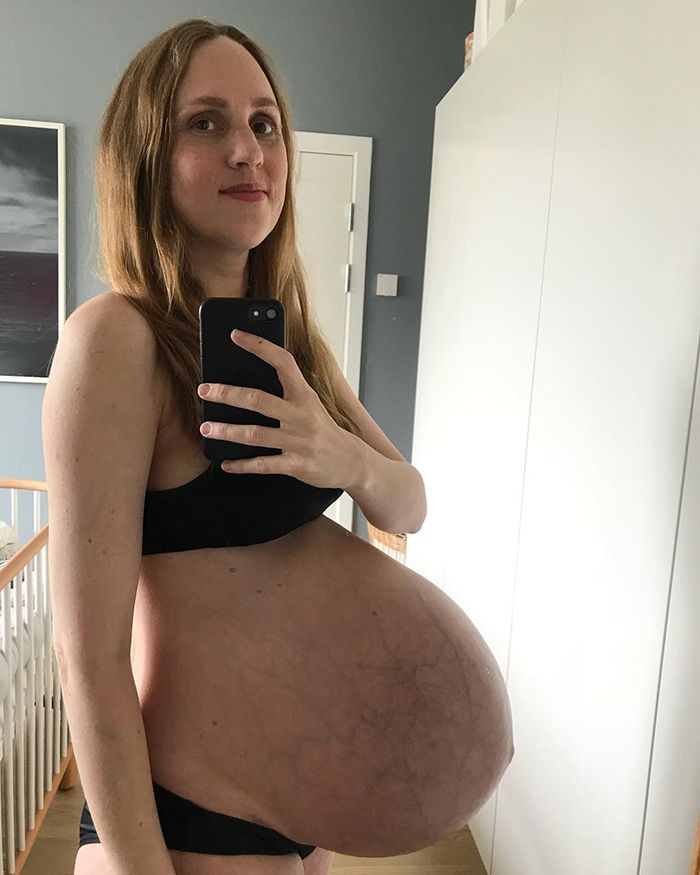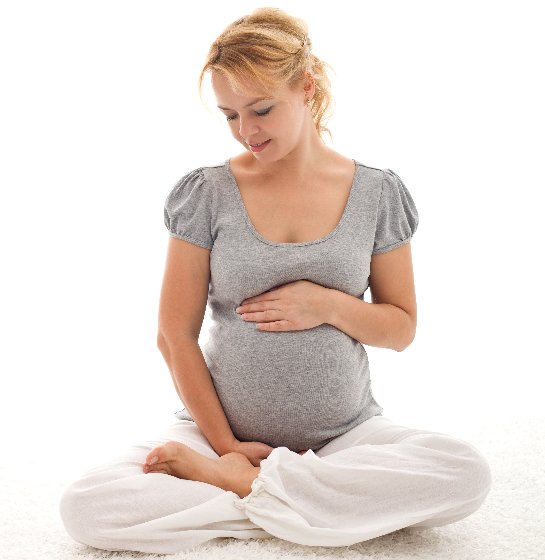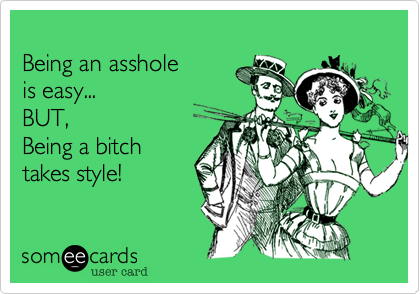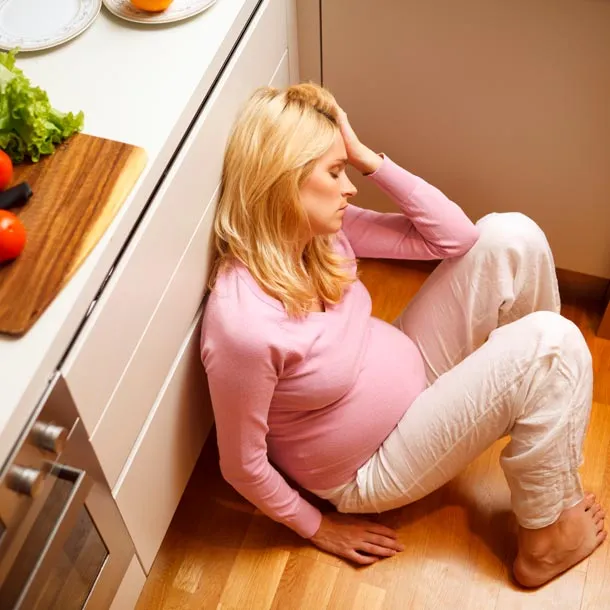How long is a child scarf
How Long & Wide Should a Scarf Be? -
104 shares
Scarves are an amazing project to crochet or knit. They are an easy project for beginners, and can be made in so many different stitches and styles. Crochet scarves are one of my personal favorite things to design. But how long should a scarf be? And what about width? That’s what we will address in this post!
ScarvesOn average, scarves measure 5-8 inches wide, with a length of 40-70″. This is very much an average, so don’t take it as gospel truth. We’ll get into more details of the different sizes so that you can determine what is best for YOUR project.
How long Should a Scarf Be?
For adults, a scarf typically ranges between 40 and 70 inches. However, some may go longer than this. For example, a super-long scarf may be between 90 and 120 inches.
Take a look at this 94″ crochet scarf (inspired by Dr. Who!) to see what I mean!
Now, these are the typical lengths…but how can you figure out the best length for YOU?
One of my favorite ways to customize carf length is by using arm-span or height.
You can simply measure the arm-spam or the height of the person you’re making the scarf for, and use that exact measurement!
Here’s a chart that will show you what I’m talking about (and also give you some averages for different ages!)
How Wide Should a Scarf Be?
The width of a scarf greatly depends upon the style, and the person you’re making it for.
Men’s scarves (like this Alpine Scarf) are typically the most straightforward, ranging from 5 to 7″ in width (with 6″ being the most common).
Then there’s women’s scarves, which usually very a lot more. A women’s scarf can range from 4″ all the way up to 10″ or more. A scarf that is 4″ wide would be considered a “skinny scarf.”
5-7″ would be the range you want for a typical, warm, medium-thick scarf (like this Rustic Lace Scarf for example!)
Larger than that, and the scarf will usually be a different style, like an infinity scarf or a wrap.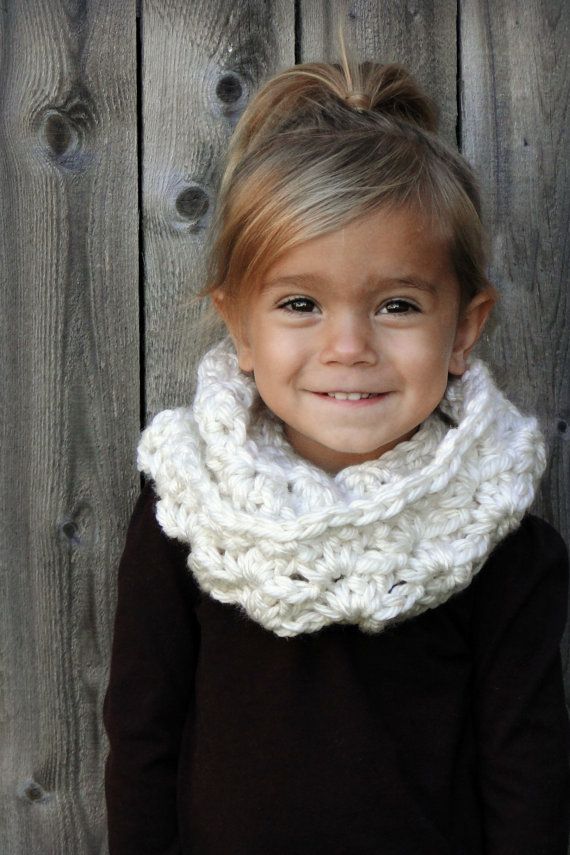 One of my patterns, the Snowbank Infinity, is 10.5″ wide!
One of my patterns, the Snowbank Infinity, is 10.5″ wide!
So as you can see, the width of a scarf is very subjective to your own taste and style.
Alpine ScarfHow to Determine Scarf Width
If you’re making a custom scarf for yourself or a friend, there are a few ways you can determine the perfect width.
The first way is to measure the palm of your hand from the top of your middle finger to your wrist.
The second way is to spread out your fingers and measure the span from your thumb to your pinky.
Each of these are a helpful indication of how wide your scarf should be!
Other Factors to Determine Legnth & Width
The great thing about scarves is that they are SO easy to vary. There is not one “right” answer when it comes to determining length and width.
Now, that being said, here are a few more tips as you decide the measurements of your scarf.
Think about Proportion
You definitely want the length and width of your scarf to work together to form a beautiful, stylish scarf you want to wear.
Generally speaking, if your scarf is longer you will ALSO want it to be wider (and vice versa). Most skinny scarves aren’t extremely long. And wide scarves look terrible if they’re super short.
I like to determine my width first, and then test out different lengths as I make the scarf to see which length is the very best for styling it.
Consider the Stitch Pattern
Snowbank Infinity ScarfAnother thing to think about is what width and length would work best for your chosen stitch pattern.
Your stitch pattern will determine a lot about the overall look and feel of your scarf.
For example, if you have a very thick stitch (like the Alpine Stitch) or a stiffer stitch, this will definitely affect how the scarf drapes around your neck. You may want a thicker-stitched scarf to be smaller in width.
On the other hand, if you have a lacy scarf, you may want to go wider than normal. Lacy scarves can easily fold back on themselves. If they are too thin in width, they may not look as good.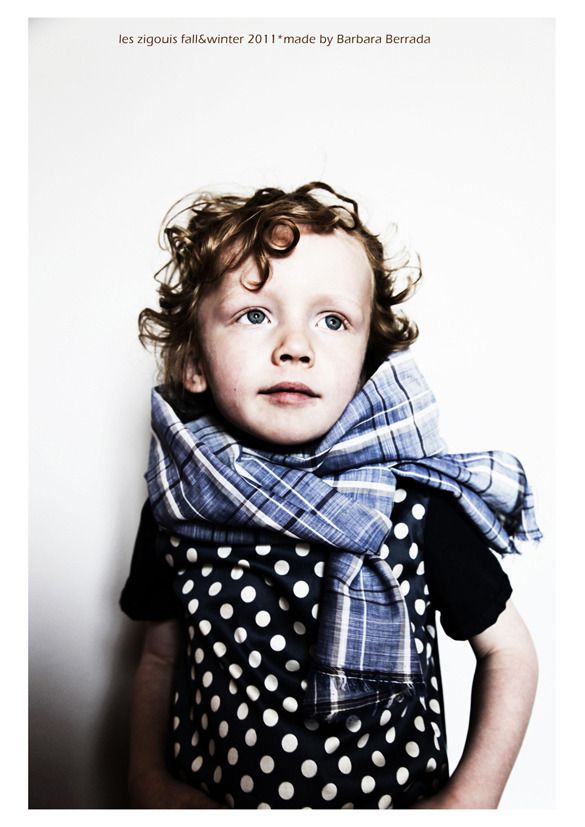
Experiment with Yarn
This goes hand in hand with the stitch pattern…the YARN you use!
To make the perfect scarf, you really want your yarn and stitch pattern to mesh together well.
Let’s go back to the Alpine Stitch example again. Say I made the Alpine Stitch in a heavy, stiff worsted weight yarn like Red Heart Super Saver. That would create a thick, stiff scarf that just wouldn’t work as well as if I used a softer, more drapey yarn.
I could probably make a wider scarf using a softer yarn, than if I used Super Saver.
Again, the point is to make sure that your stitch, yarn, and hook all work together to form a good fabric that works well for a scarf.
But remember, this depends on your preference! The best advice I can give is to experiment with different stitches and yarns, and see what look and feel you like best.
Children’s Scarf Measurements
When it comes to children’s scarves, the same guidlines apply. You can use their height to determine the length and hand-span to determine the width.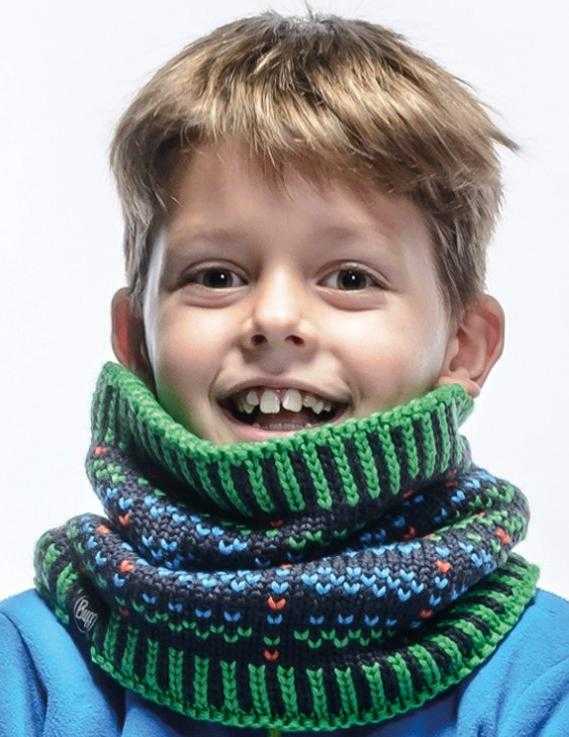
But keep in mind, with children’s scarves, you may want to go a bit BIGGER than those measurements to leave room for growth! This way they’ll be able to enjoy the scarf for a longer period of time.
But typically, children’s crochet scarves are 3-5 inches in width, and 36-40 inches long.
More Tips for Successful Custom Scarves
The tips above were mostly directed at scarf sizing, but let’s go even a little deeper into making your own custom scarves from scratch!
What Yarn & Stitch to Use
We already talked about how yarn and stitches affect the size of a scarf. But if you want more specific yarns and stitches that work well, I have some resources for you!
You can check out my recommended scarf yarns or my recommended scarf stitches.
Figuring Out Your Foundation Chain Number
Once you figure out which yarn and stitch you’re using, the next step is to figure out your foundation chain number. This requires following what is called a stitch multiple.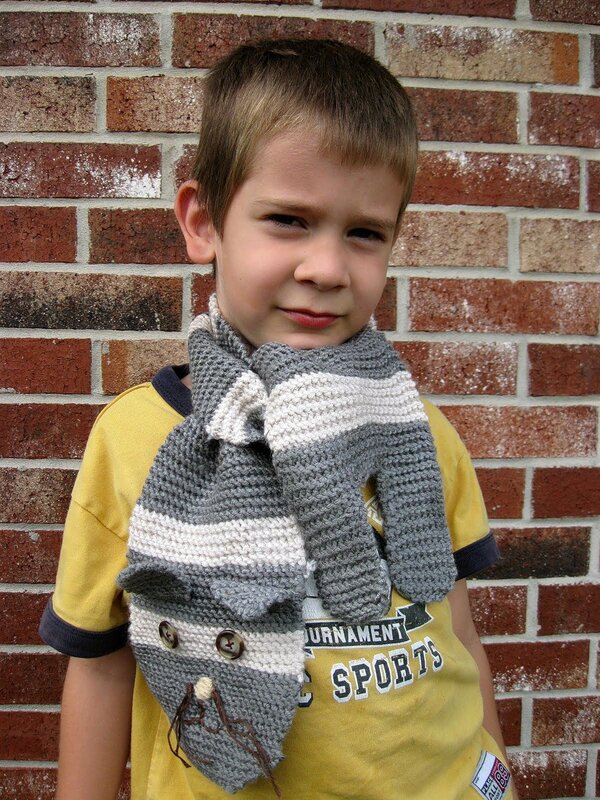
A stitch multiple refers to the number of stitches you need to complete a pattern repeat. For more information on this, see this blog post.
How Much Yarn You’ll Need
Lastly, let’s talk about how much yarn it takes to make a scarf! The truth is, this can vary GREATLY depending on the yarn and stitch you use. Some stitches take more yarn than others.
I find that scarves generally take around 2 skeins of yarn to complete. But again, this is subjective to me.
Lion Brand’s website has a helpful chart that I will refer you to for more info. It lists out the yardage needed for scarves (and other projects) in each weight of yarn. A very cool resource to have in your back pocket!
Conclusion
Crocheted and knitted scarves are a wonderful project. They are one of my absolute favorites because of their versatility! A beautiful scarf can be made with hardly any crafting experience at all. Make sure you complete the measurements above, like arm-span and hand-span, to get the best fitting scarf possible! Now that you know how long and wide a scarf to be, you are well on your way to a wonderful project.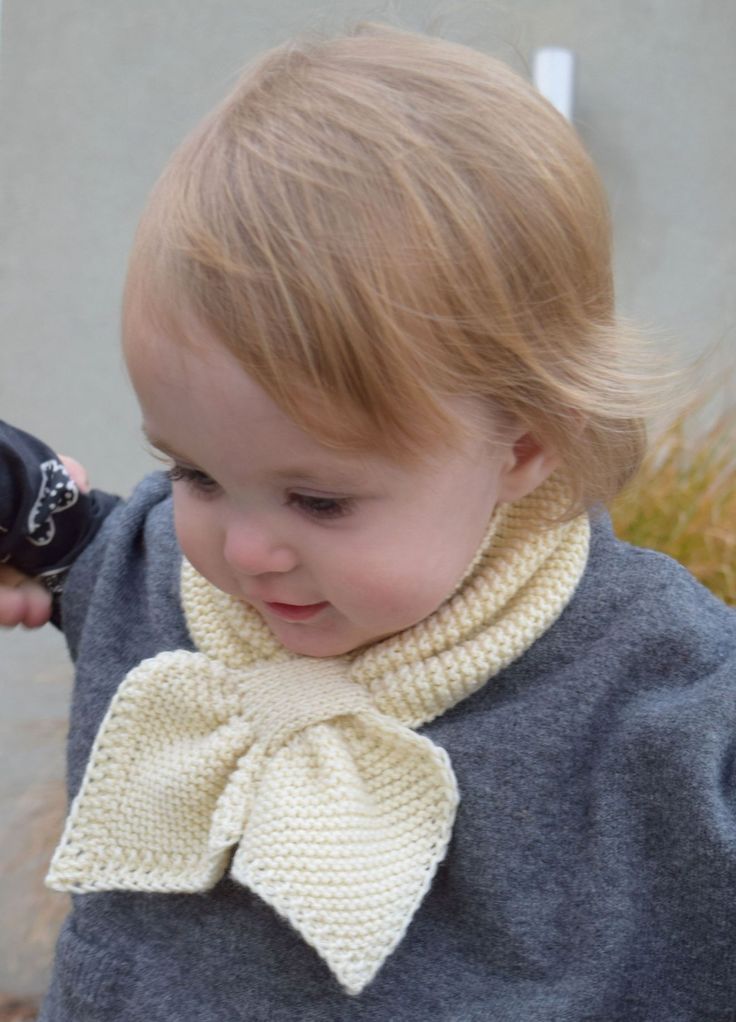
SHARING IS CARING!
If you did enjoy this post, I would love if you shared it in the following places so many MORE people can see it!
- Pin to Pinterest – just hover over any of the photos in this post and click “save”
- Tag me in your Instagram posts
- Share photos in my Facebook Group
Happy Crocheting!
104 shares
How Long and Wide Should a Crochet Scarf Be?
When my best friend asked me to crochet a scarf for her, I found myself asking, how long and wide are scarves supposed to be? To find the answer, I did some research about the different factors that determine the length and width of a scarf.
On average, scarves are usually 6 to 8 inches wide, and anywhere from 3 to 10 feet long. This is a wide range, and more exact measurements are based on the style of the scarf, and on the size of the person.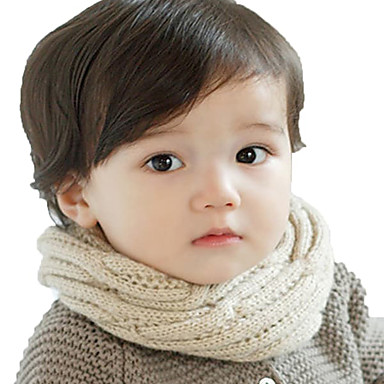
How Wide Should a Scarf Be?
Although scarves are often 6 to 8 inches wide, the width can fall outside this range.
Men’s scarves are usually 6 inches wide.
Women’s scarves can be anywhere from 5 to 10 inches. Dress scarves are usually narrower, but scarves that can also be used as shawlettes may be as wide as 10 inches, or more.
Skinny scarves that are about 3 to 5 inches wide can be worn in warmer weather, often as a fashion accessory.
For colder weather, you’ll want to crochet a wider and possibly bulkier scarf for extra warmth.
Some other ways to determine the width of your scarf:
- Go by hand length (from wrist to fingertips.) This is about 6.5 inches for a woman and 7.5 inches for a man. You can use your hand, or your recipient’s hand to measure how wide to crochet.
- Another method is hand span. Spread your fingers out on one hand. Measure how far the tip of your pinky is to the tip of your thumb, cross the palm of your hand.
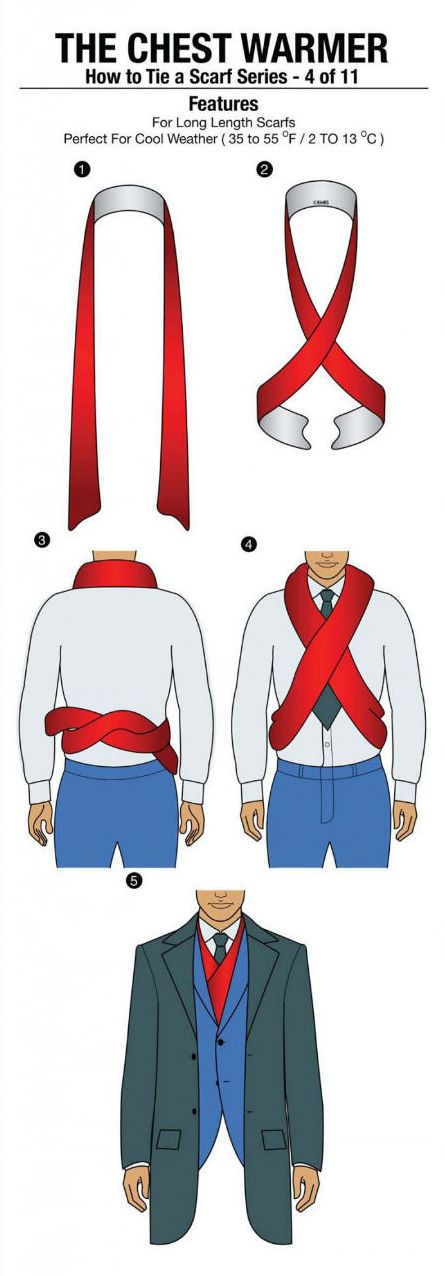 That can be the width of your scarf.
That can be the width of your scarf.
Both of these methods fall into the average scarf length, but are a little more customized for the individual.
How Long Should a Scarf Be?
Generally, the length of a scarf will depend on the size of the person, their age, the style of the scarf, and how the scarf will be used.
As said before, scarves can be anywhere from 3 to 10 feet long.
A general rule of thumb is that a winter scarf should be as tall as the person. If the scarf is on the longer side, you’ll want to crochet it slightly wider than a scarf for a shorter person.
Another way to tailor your crocheted scarf to a person is to go by their “wingspan.” This is the length from their left fingertip to their right fingertip when they hold their arms out wide.
On average, this is about 60 inches.
It’ll be slightly shorter for many women, and slightly longer for many men.
This general guideline can further be adjusted based on a number of other factors.
Factors That Affect Scarf Size
Style and Use
How the scarf will be worn can give you a better idea of exactly how long to crochet the scarf.
People have a variety of preferences when it comes to how they wear the scarf, and where they’d like the scarf ends to hang down to.
On one end of the spectrum, you have people who like a very long scarf that wraps around their neck multiple times, but is still long enough to hang down to their knees. Doctor Who scarves come to mind. These will be on the longer end, and can average around 70 inches and longer.
Other people prefer a shorter scarf that they may not be long enough to wrap around the neck. There are many ways to wear a short scarf.
They can be wrapped around the back of the neck, with the ends freely hanging down. A popular way to wear neck warmer scarves is to drape the scarf around the back of their neck, and cross one end over the other, possibly keeping it in place with a pin.
Scarves like these can range from as short as 18 inches to as long as 50 inches.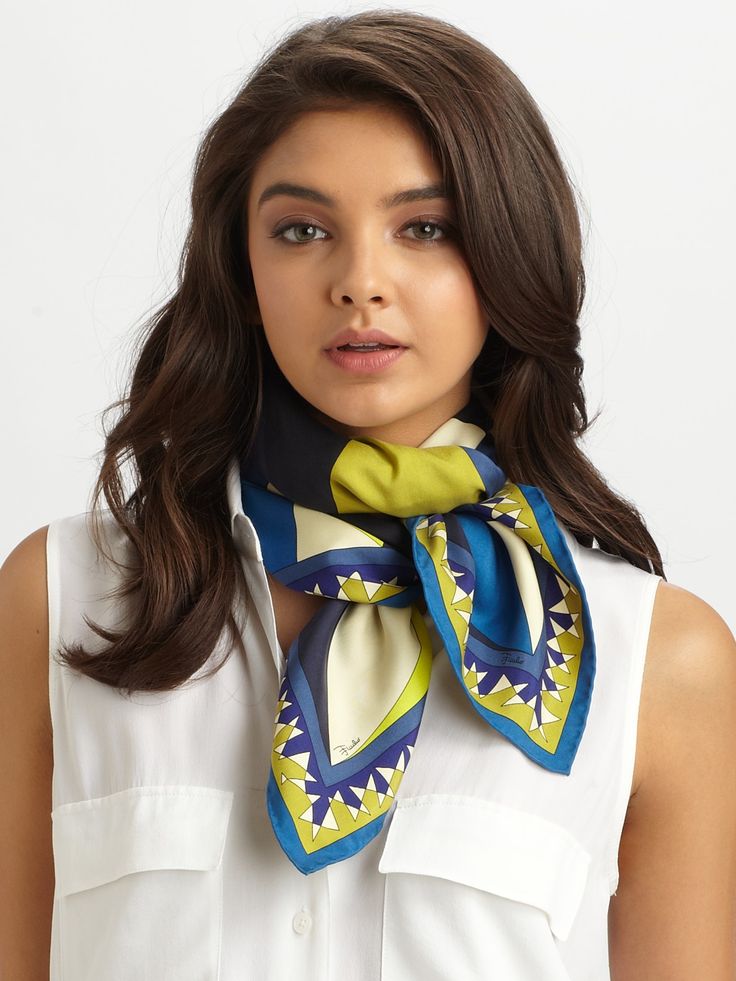
Then there are medium length scarves, which people may only wrap once around their neck. They may prefer that the scarf ends reach down to their waist, or possibly be so short as to only reach their chest.
Medium scarves are often between 50 and 70 inches long.
You’ll want the scarf to be able to wrap around the person’s neck at least once, unless the recipient requested otherwise. This gives them numerous styling and tying options.
If the scarf will be worn using a knot, the longer you make the scarf, the lower the knot can be worn.
If you’re making the scarf as a gift, you can ask the recipient if they prefer a longer or shorter scarf. You can also ask them how they intend to wear it.
Proportion Matters
Generally, the longer the scarf, the wider it should be. You don’t want a very short, but wide scarf, because that won’t be as comfortable or as easy to tie.
Usually, the taller a person, the wider you should crochet their scarf.
Sizing Scarves for Kids
Scarves for children are generally 30 to 45 inches long.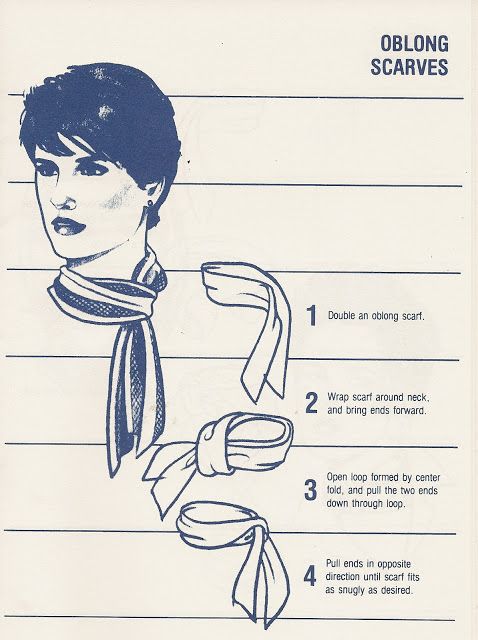
Scarves are not recommended for children under 4 unless they’re supervised. For children this young, you can make them a stretchy cowl that’s shorter, but small children should be supervised when wearing scarves.
For children older than 4, consider when the scarf will be used.
Longer scarves may be dangerous when the child is at the playground, or riding a bike. They can also pose a tripping hazard, or get tangled up in branches.
It may be safer to aim for a shorter scarf, or make sure the scarf ends are always tucked securely in other clothing.
Since children have smaller necks, scarves for them can generally be skinnier, ranging from 3 to 5.5 inches wide.
Bulky scarves can get heavy quickly. The longer a bulky scarf is, the heavier they become. Keep this in mind when crocheting a bulky scarf for a small child.
Here is a handy reference chart you can use to quickly get an idea of scarf lengths, based on the person’s age and preferred type of scarf.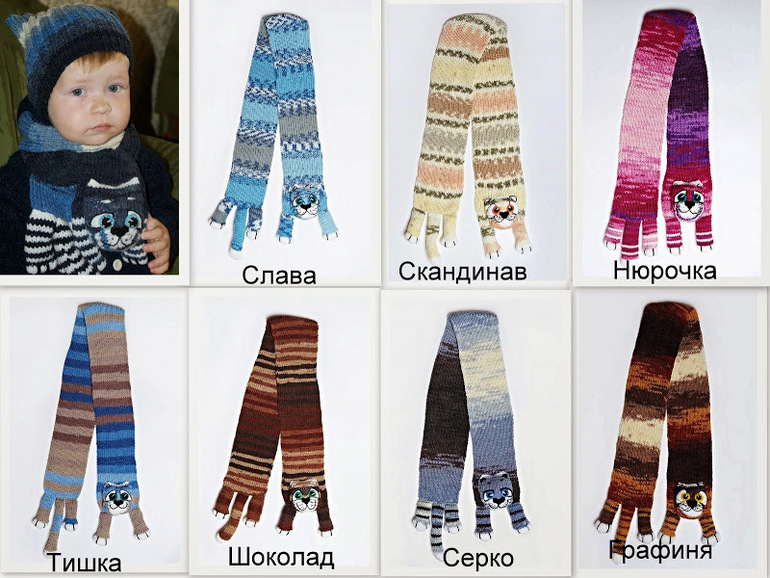
| Age | Style | Width | Length |
| Pre-schoolers (4-5 years) | Small | 3 – 3.5 inches | 36 inches |
| Medium | 4 – 4.5 inches | 40 inches | |
| Middle Childhood (6-10) | Small | 4 – 4.5 inches | 50 inches |
| Medium | 5 – 6 inches | 55 inches | |
| Long | 5 – 5.5 inches | 60 inches | |
| Preteens to Adults (11 and up) | Small | 6 – 8 inches | 20 – 50 inches |
| Medium | 6 – 8 inches | 50 – 70 inches | |
| Long | 6 – 8 inches | 70+ inches | |
| Extra Long | 6 – 8 inches | 120 inches | |
| Extra Wide | 9 – 12 inches |
Stitch Pattern Can Affect Scarf Size
The pattern you use can affect scarf size in a number of ways.
If you’re making a lacy scarf, you may need to make it wider in order for it to be as warm as a more solid scarf.
Lacy scarves just don’t sit as high on the shoulders and neck, and the holes in the fabric may let the chill through.
On the other hand, a puffier or denser stitch may work well for a skinny winter scarf because the dense fabric should trap more heat.
To a certain degree, the width of your scarf can be dictated by the stitch pattern you use.
For example, if you choose to use a stitch pattern that calls for a repeat of 5 stitches to create it’s look, then the starting row of your scarf will need to be made out of foundation stitches in a multiple of 5.
This may limit your choice of width to increments of those stitches.
So if you wanted your scarf to be exactly 6 inches wide, it may not be exactly 6 inches because of the pattern you must follow. It may end up being slightly over, or slightly under 6 inches.
There’s No Right or Wrong Answer
Remember, these are all just rules of thumb.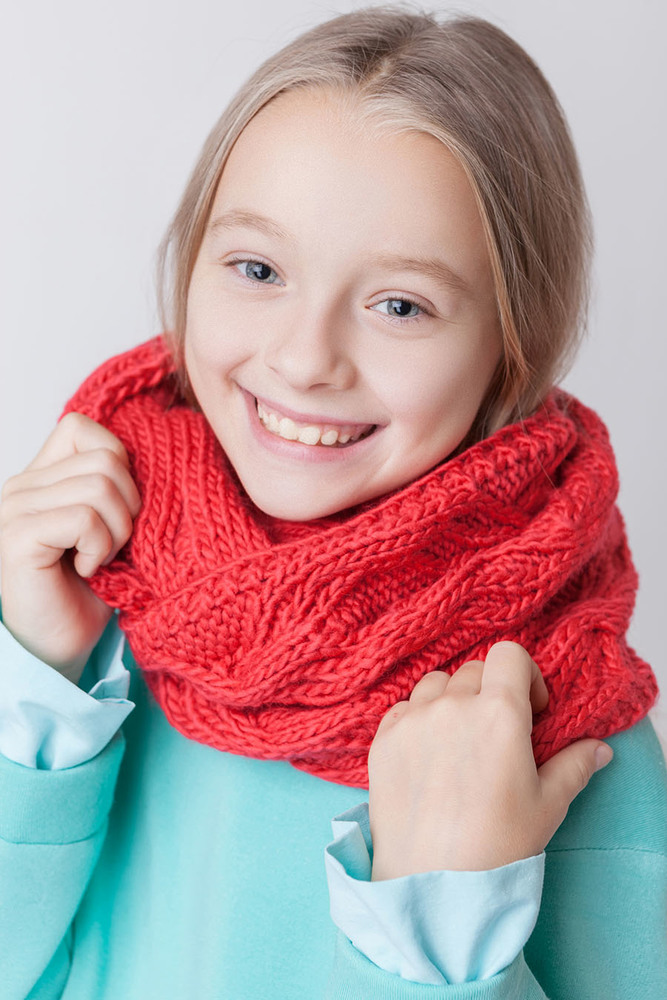 Your scarf doesn’t have to adhere to these rules.
Your scarf doesn’t have to adhere to these rules.
This means you can express your creativity when you crochet a scarf. You can adjust the width and length to as long or as short as you want.
Other Considerations When Crocheting A Scarf
Choosing the Right Yarn
Think of who will be using your scarf, and their lifestyle. Some scarves are easier to wash than others. A fine lace wool scarf may need to be lovingly hand washed and laid flat to dry. But an acrylic scarf can survive a beating in the machine.
Is your scarf recipient likely to hand wash their scarf? Or do you think they’d prefer to toss it in the washing machine?
Does the scarf need to be exquisitely warm but also washable? You may opt for superwash wool, which can survive machine washing without felting.
Is your recipient allergic to animal fibers? Better stick with man-made materials.
Making a textured scarf? Some yarns show texture better than others. If you’re making a scarf with a cute bobble stitch, the bobbles may “pop” more dramatically with a stiffer yarn than a drapier, softer yarn.
If you’re on a budget but looking to make a very long scarf for a tall person, keep in mind that a big scarf like that can take as much yarn as several other smaller scarves. So, if you use premium yarn, the cost of materials can add up pretty quickly.
Multi-colored yarn can create a beautiful effect depending on how you work it up. Planned pooling is technique that uses variegated yarn to create a very pleasing effect.
How Much Yarn Will You Need?
Once you’ve decided on the length and width of the scarf you’ll make, you can use a postal or kitchen scale to determine how much yarn you’ll need by creating a swatch in the stitch pattern and yarn you plan to use.
Find out the area of the swatch (length x width) then weigh the swatch.
This weight can be in ounces or grams. Whatever is easier. I usually pick the unit that matches the unit used on the yarn label, for convenience.
Calculate the area of the final size of the scarf (length and width you decided on).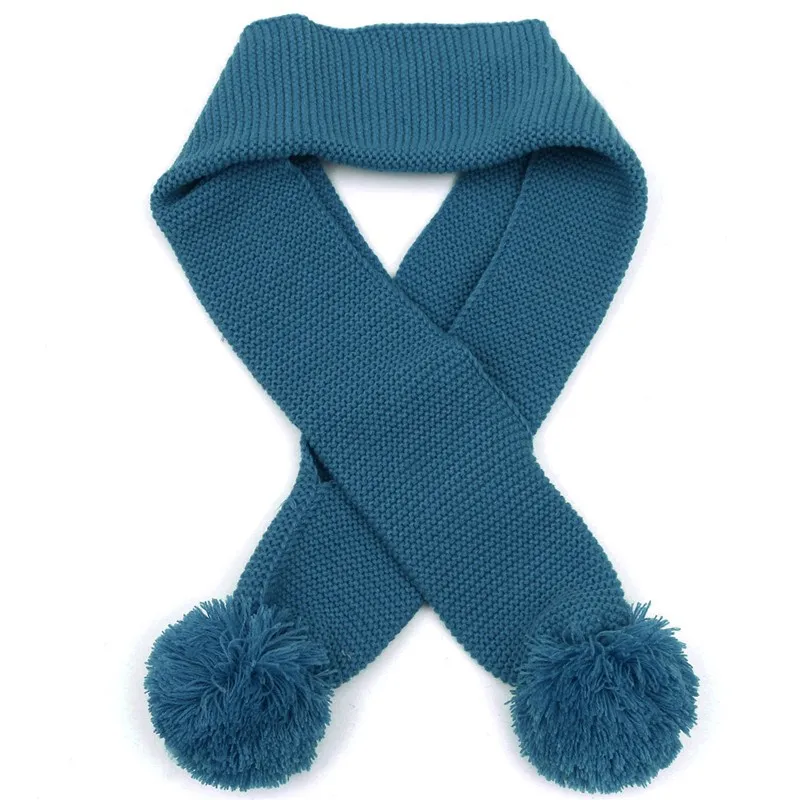 This will be the area of the final scarf.
This will be the area of the final scarf.
Then divide the area of the final scarf by the area of the swatch.
This will basically give you a general idea of how many of those swatches you’d need to make in order to end up with a scarf as big as your desired size.
You then want to multiply this number by the weight of the swatch.
This will be your approximation of the total weight of yarn you’ll need to finish this scarf. From there, you can figure out how many skeins of yarn you’ll need to buy.
This is just an approximation, so if you don’t think you’ll be able to get that yarn in the exact color in the future, I’d recommend rounding up and buying 1 extra skein.
That way, you can avoid the pain of having to track down a specific yarn in a specific dye lot in case the store stops carrying it.
Scarf sizes - Size charts
| General information: |
| Scarf refers to women's, men's and children's accessories. The main types of scarves: classic, snood, collar, trumpet, stole, shawl, pareo, sling scarf, models differ in size, shape, design, material of manufacture. There is a standard size chart for women's sling scarves, according to which the sizes of models vary from Russian size 34 to 54, which corresponds to international sizes from S to XXXL, American sizes from 0 to 20. Scarf materials: fine wool, viscose and bamboo fiber, silk, linen, cotton, satin. |
| Key features: |
| The main linear dimensions of scarves are the following parameters:
|
How to choose the size of gloves Glove size chart
| Accessory type Accessory name | L Accessory length (L) Data in cm. | H Accessory width (H) Data in cm. |
|---|---|---|
| Men's classic scarves | 190 to 220 (cm) | 25 to 27 (cm) |
| Ladies classic scarves | 170 to 190 (cm) | 25 to 27 (cm) |
| Classic baby scarves | 120 to 160 (cm) | 15 to 20 (cm) |
| Parameter The most important scarf sizes and tolerances. | (cm) Units - centimeters (cm) Data is in centimeters. |
|---|---|
| Basic sizes of scarves | |
| Length (L) | 120 to 220 |
| Width (H) | 15 to 27 |
| Scarf size tolerances | |
| Length (L) | ±1.2 |
| Width (H) | ±0.8 |
| RU Russian size | INT International size | EU EU | USA US |
|---|---|---|---|
| 34 | S | 28 | 0 |
| 36 | S | 30 | 2 |
| 38 | M | 32 | 4 |
| 40 | M | 34 | 6 |
| 42 | L | 36 | 8 |
| 44 | L | 38 | 10 |
| 46 | XL | 40 | 12 |
| 48 | XL | 42 | 14 |
| 50 | XXL | 44 | 16 |
| 52 | XXL | 46 | 18 |
| 54 | XXXL | 48 | 20 |
| RU Russian size | Bust (cm) Bust
| Waist (cm) Waist Data in cm. | Hips (cm) Hips Data in cm. | Sling length (cm) Sling length Data in cm. |
|---|---|---|---|---|
| 34 | 82 | 62 | 88 | 270 |
| 36 | 84 | 64 | 90 | 320 |
| 38 | 88 | 68 | 94 | 370 |
| 40 | 92 | 72 | 98 | 420 |
| 42 | 96 | 77 | 102 | 420 |
| 44 | 100 | 82 | 106 | 470 |
| 46 | 104 | 87 | 110 | 470 |
| 48 | 108 | 92 | 114 | 520 |
| 50 | 112 | 97 | 118 | 520 |
| 52 | 116 | 102 | 122 | 570 |
| 54 | 120 | 107 | 126 | 570 |
| Scarf types Most common accessory types | L (cm) Accessory length (L) Data are in centimeters. | H (cm) Accessory width (H) Data in cm. |
|---|---|---|
| Stole | 200 | 65 |
| Classic male | 200 | 27 |
| Classic Ladies | 190 | 25 |
| Classic kids | 140 | 20 |
| Sports | 140 | 17 |
| Snud | 150 | 50 |
| Clamp | 150 | 40 |
| Pipe | 100 | 35 |
| Pareo | 200 | 150 |
| Shawl | 140 | 75 |
| Sling scarf | 420 | 70 |
Knitted scarf for children — uzelok
Scarf is perhaps the simplest product that can be knitted.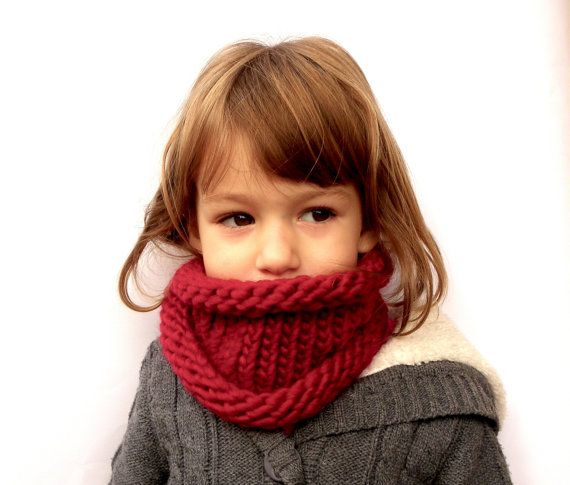 All you need is a skein of yarn, two knitting needles and a minimum skill in this matter.
All you need is a skein of yarn, two knitting needles and a minimum skill in this matter.
It is very important to choose the correct scarf size. The table below clearly shows the length of the scarf for different ages of the child. These are approximate parameters, you can safely add or subtract a few centimeters.
| age | scarf length (cm) |
| 0 - 2 years | 100 |
| 2-4 years | 110 |
| 4 - 6 years | 120 |
| 6 - 8 years | 140 |
The length will depend on whether you wear it under your clothes or tie it over. In the second case, you will need to add 50 - 80 cm. A width of 15 to 50 cm is optimal.
Now it is fashionable to knit baby collars, snoods. They really look beautiful, but there is one big minus - a snood is suitable for a kid from three to five years old, when he can move independently and stand firmly on his feet.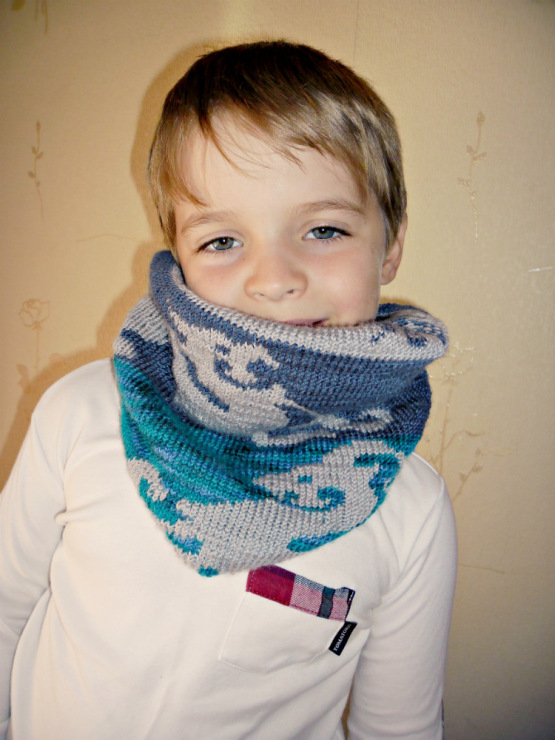 Children under three years old do not really like to wear something over their heads, so it is better to tie them a simple classic scarf.
Children under three years old do not really like to wear something over their heads, so it is better to tie them a simple classic scarf.
Contents
Choice of yarn
Up to a certain age, the little man can still be dressed in pink or blue tones (depending on the sex of the child). Therefore, it is better to give preference to the desired tone. Gradient yarn looks very nice on children's clothes - with a smooth transition of color. In this case, from white, blue to dark blue.
Be sure to check that the thread does not prick! Otherwise, you can tie a scarf only on outerwear and make sure that it does not touch the child's face.
It is also important to understand that this is a winter thing, you should not choose synthetic yarn. It is better if wool, alpaca, angora and other "insulating" fibers are present in it.
Description
The knitting pattern is very simple. We take two knitting needles 3 mm, we collect on them 34 loops + 2 loops for edging .